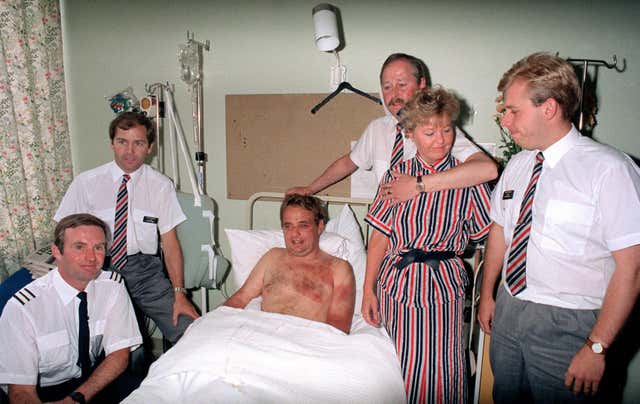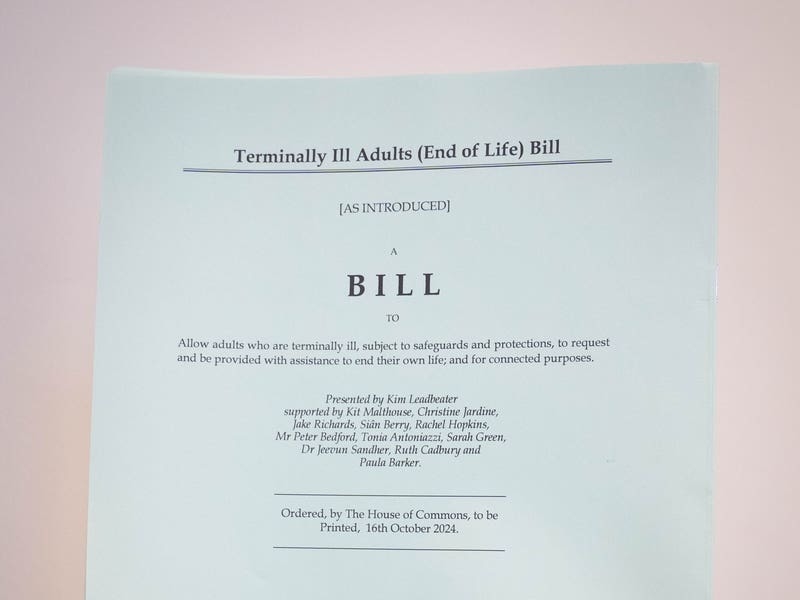The death of a passenger on a US airliner shows the potentially serious consequences of a damaged plane window.
A lack of oxygen above 10,000ft means cabins have to be pressurised to ensure those on board can keep breathing.

Plane windows are thick and strong but “like anything else, they’re capable of being broken”, chartered aeronautical engineer Guy Gratton said.
“The air inside will try to escape. For anybody close to that window, there’s going to be an incredibly strong wind heading out.
“It’s strong enough to suck somebody out of the window, potentially.”
Mr Gratton outlined a number of other effects a severely damaged window could have.
“The pressure will drop and the temperature will drop,” he said. “Quite likely it will suddenly get foggy inside the cabin, it will be really noisy.
“Lots of people will be getting popping of ears. The oxygen masks will all drop.
“That all happens in a couple of seconds.”
An investigation into the Southwest Airlines incident by the US National Transportation Safety Board will feature an examination of the windows on board the Boeing 737.

Mr Gratton said serious cases involving decompression are “extremely rare”.
In 1990, a poorly-fitted section of the windscreen of a British Airways aircraft blew off, causing the captain, Tim Lancaster, to be pulled halfway out at 17,000ft over Oxfordshire.

Two years earlier, an Aloha Airlines flight lost a section of its roof when a hole caused decompression.
A flight attendant was sucked out of the plane and died, but everyone else on board was wearing their seatbelt and survived.
In the world of fiction, James Bond’s nemesis Goldfinger died in the 1964 film of that name when a window on a private jet was raked by gunfire.
He is sucked out of the window feet-first, while 007 grabs on to part of the cabin’s interior.






